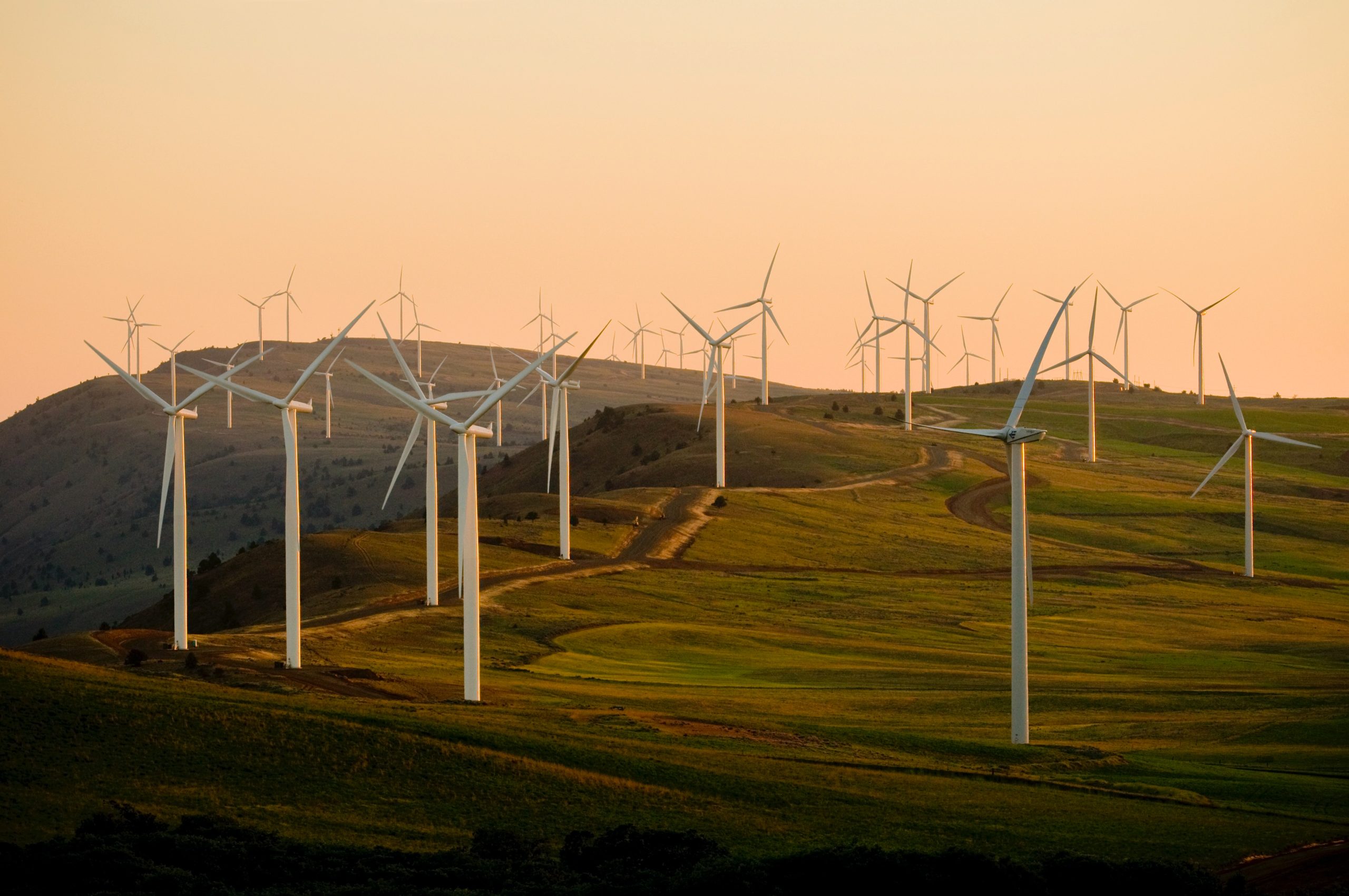
By Ernesto Bonafé
The gas pipeline project MidCat intended to cross the Pyrenees was abandoned on 20 October 2022. It could have been completed in only one year and would have served as an alternative gas corridor for gas imports into Europe via liquified natural gas (LNG) terminals located in the Iberian Peninsula. Three countries (Portugal, Spain, and Germany) supported the pipeline to reduce gas dependency on Russia. A few years ago MidCat was rejected by the national regulatory authorities of Spain and France as a project of common interest, contrary for instance to the neighbouring Trans Adriatic Pipeline that opened the Southern Gas Corridor to allow gas to be imported from Azerbaijan in the East. MidCat has now been replaced by BarMar, a Barcelona-Marseille subsea pipeline to transport green hydrogen as well as natural gas during the transition. BarMar is presented as an alternative project to overcome France’s opposition to Midcat over environmental and local concerns.
In the United States, there are similar challenges to energy projects when applying for the necessary permits. A gas pipeline crossing the Appalachian mountains, the Mountain Valley Pipeline, obtained environmental and public convenience and necessity certificates issued by the Federal Energy Regulatory Commission in 2017. By now, the project works are 94 percent completed. The proposed Energy Independence and Security Act or permitting bill requires federal officers and agencies to grant the missing biological, land, forest and water permits to enable the timely completion of the construction and operation of the pipeline without further administrative or judicial delay or impediment. The permitting bill, backed by the Chairman of the Senate Energy and Natural Resources Committee and Senator of West Virginia, was put on hold on 27 September 2022. Opponents to the bill include the Senator of Virginia, who considers that green-lighting the pipeline under the proposed law would shut down opportunities for full administrative and judicial review.
A chaotic fracking vote on 19 October 2022 in the British Parliament triggered the fall of the government on the following day. The government asked Parliament to lift the moratorium on UK shale gas production, enabling developers to seek planning permissions where there is local support, which remains undefined, with the hope of getting gas flowing as early as in six months’ time. Fracking is presented as part of the strategy to make the UK an energy exporter by 2040, which also implies the launch of a new oil and gas licensing round with more than 100 licences on offer, as well as accelerating more nuclear, wind and solar energy. The government contends that fracking should not be subject to more stringent conditions than similar activities such as construction and mining. It also says that domestic gas is greener than importing it from abroad where countries produce it without proper oversight.
Not only fossil fuels, but renewable energy sources also face permitting issues. Accelerating the rollout of renewables is one of the pillars of the REPowerEU plan to end dependency on Russian fossil fuels, including the installation of 600 GW of solar photovoltaic by 2030 and 10 million tonnes of domestic renewable hydrogen production and other 10 million tonnes of imports by 2030. Given the often complex and excessive duration of administrative authorisations, the European Commission adopted a recommendation on speeding up permit-granting procedures for renewable energy projects. This acknowledges that public acceptance is required to take into account the local needs and perspectives at all stages, from policy development to spatial planning and project development. Moreover, the identification of suitable areas for renewables will typically avoid environmentally valuable areas, while prioritising degraded land not usable for agriculture. This is not a new area for potential disputes, as shown by a case concerning the refusal to authorise wind turbines in a protected area of the Italian region of Puglia more than a decade ago.
In Scotland, renewables account for almost 99% of electricity generation in 2020, mostly wind, and the 2030 target is for renewables to account for 50% of energy demand across electricity, heat and transport, in line with the net zero target by 2045. The Scots landmass hosts the majority of operational onshore wind capacity in the UK and the draft Onshore Wind Policy Statement Refresh intends to increase it even further. Communities’ benefits are equivalent to £5,000 per installed MW per annum for the operational lifetime of the project. But the legal forecast is cloudy. A Scottish court delivered on 26 August 2022 an opinion upholding the Scottish Government’s refusal to approve the development of a wind farm due to its unacceptable adverse landscape and visual impacts and the adverse impact on a historic setting. Local communities complain about a lack of consultation and campaigners argue that part of the Highlands is already at saturation point with onshore windfarms.
The broad legal definitions in the US concerning the permitting bodies and processes (similar to those used in many countries) anticipate somehow the extent of the challenge to build critical energy infrastructure. A permitting body can be “any agency, department, or other unit of Federal, State, local, or Tribal government”, while the required authorisation may refer to “any license, permit, approval, finding, or other administrative decision that is required or authorized under Federal law (including regulations) to design, plan, site, construct, reconstruct, or commence operations of a project”.The US permit bill was intended to allow for the increased energy and minerals projects provided for in the Inflation Reduction Act of 2022, a historic step in legislation, aimed at supercharging the US energy transition with $369 billion in incentives for clean technologies such as wind, solar, electric vehicles, storage, hydrogen, nuclear, carbon capture, and more. Congress may take up the permit bill later this year and modify it. In the US, as in many other countries, it would seem necessary to review these rules and procedures if they are to facilitate the challenges to energy infrastructure created by the Energy Transition.
About the author

Dr Ernesto Bonafé is an associate senior researcher at CEPMLP, University of Dundee, and the associate editor of the journal Global Energy Law and Sustainability of Edinburgh University Press. His research deals with energy, climate, environmental and investment law, focusing on the role of law in the transition to a ‘net zero’ economy. Dr Bonafé holds a PhD in Energy Policy and EU Law from the European University Institute, Florence, an LLM in EU Law from Université Libre de Bruxelles, and a Law Degree from University of Valencia, Spain.

Global Energy Law and Sustainability is an international journal dedicated to research in energy law and policy, with an interdisciplinary focus comprising themes from a range of disciplines involved in energy research, such as: the energy life-cycle; energy production and infrastructure; energy regulation; economics and legal policy; energy justice; low-carbon energy law and transition; international energy law; subsidies; risk; governance; climate change; sustainability and environmental law. Find out how to submit your paper, subscribe, or stay up to date with Table of Contents alerts.






It’s actually the process by which governments decide which energy projects can be built and where.